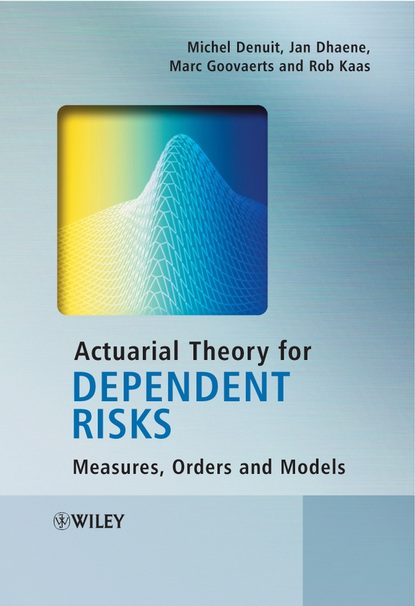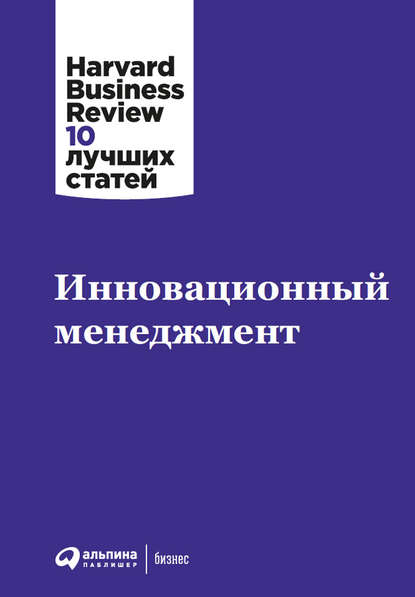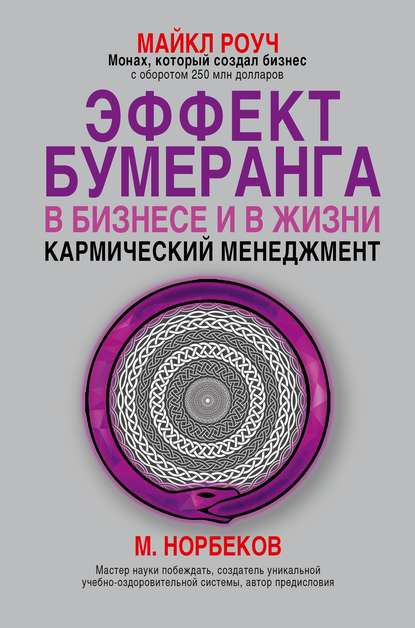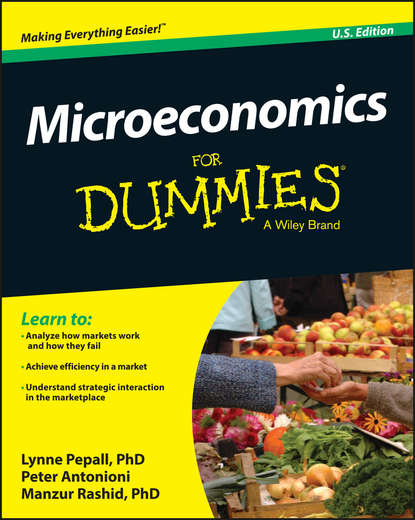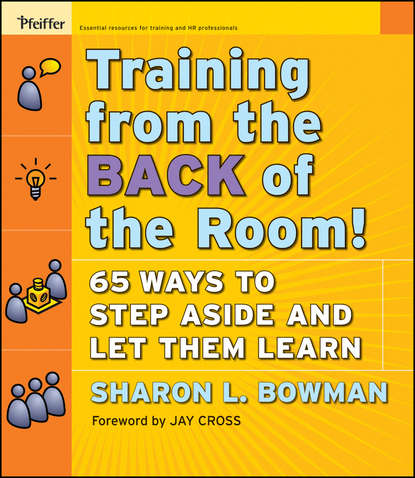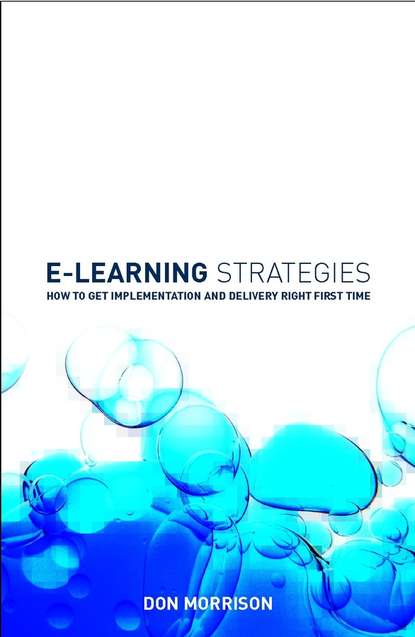Книга "Actuarial Theory for Dependent Risks" рассматривает моделирование зависимых рисков, которые становятся все более сложными в продуктах страхования и перестрахования. Актуарии должны уметь эффективно управлять рисками и отвечать на важные вопросы, такие как: опасна ли корреляционная структура и насколько? Для этого необходимы инструменты для количественной оценки, сравнения и моделирования силы взаимосвязи между различными рисками. Книга охватывает теории стохастического порядка и замеры риска, а также базовые принципы управления рисками и стохастической зависимости. В ней рассматриваются модели рисков в неполных рынках, акцентируя внимание на страховых рисках; объясняется, как измерять и сравнивать опасность рисков, моделировать их взаимодействия и измерять силу их связи. Книга также содержит много упражнений, что делает ее подходящей для продвинутых курсов по управлению рисками в неполных рынках. Это ценный источник информации как для ученых, так и для практиков, которые заинтересованы в использовании современных инструментов моделирования зависимых рисков.
Электронная Книга «Actuarial Theory for Dependent Risks» написана автором Rob Kaas в году.
Минимальный возраст читателя: 0
Язык: Английский
ISBN: 9780470016442
Описание книги от Rob Kaas
The increasing complexity of insurance and reinsurance products has seen a growing interest amongst actuaries in the modelling of dependent risks. For efficient risk management, actuaries need to be able to answer fundamental questions such as: Is the correlation structure dangerous? And, if yes, to what extent? Therefore tools to quantify, compare, and model the strength of dependence between different risks are vital. Combining coverage of stochastic order and risk measure theories with the basics of risk management and stochastic dependence, this book provides an essential guide to managing modern financial risk. * Describes how to model risks in incomplete markets, emphasising insurance risks. * Explains how to measure and compare the danger of risks, model their interactions, and measure the strength of their association. * Examines the type of dependence induced by GLM-based credibility models, the bounds on functions of dependent risks, and probabilistic distances between actuarial models. * Detailed presentation of risk measures, stochastic orderings, copula models, dependence concepts and dependence orderings. * Includes numerous exercises allowing a cementing of the concepts by all levels of readers. * Solutions to tasks as well as further examples and exercises can be found on a supporting website. An invaluable reference for both academics and practitioners alike, Actuarial Theory for Dependent Risks will appeal to all those eager to master the up-to-date modelling tools for dependent risks. The inclusion of exercises and practical examples makes the book suitable for advanced courses on risk management in incomplete markets. Traders looking for practical advice on insurance markets will also find much of interest.
